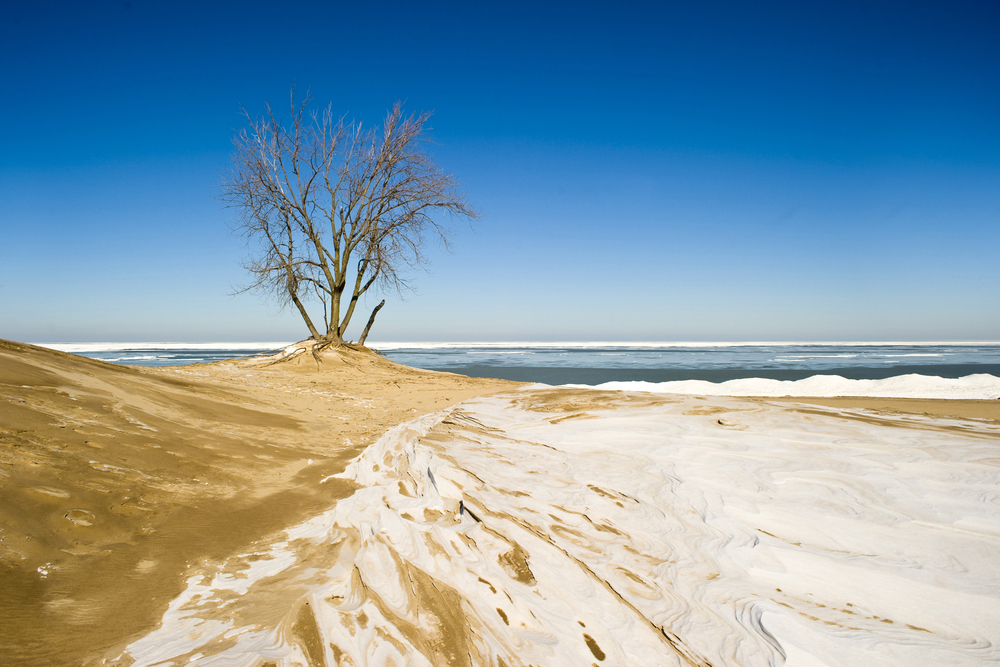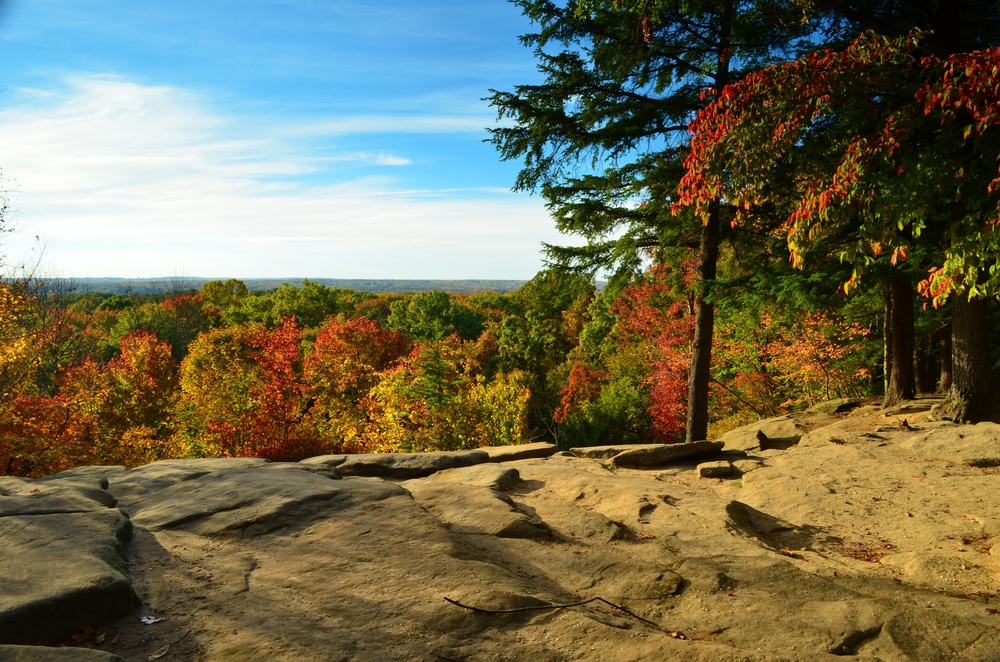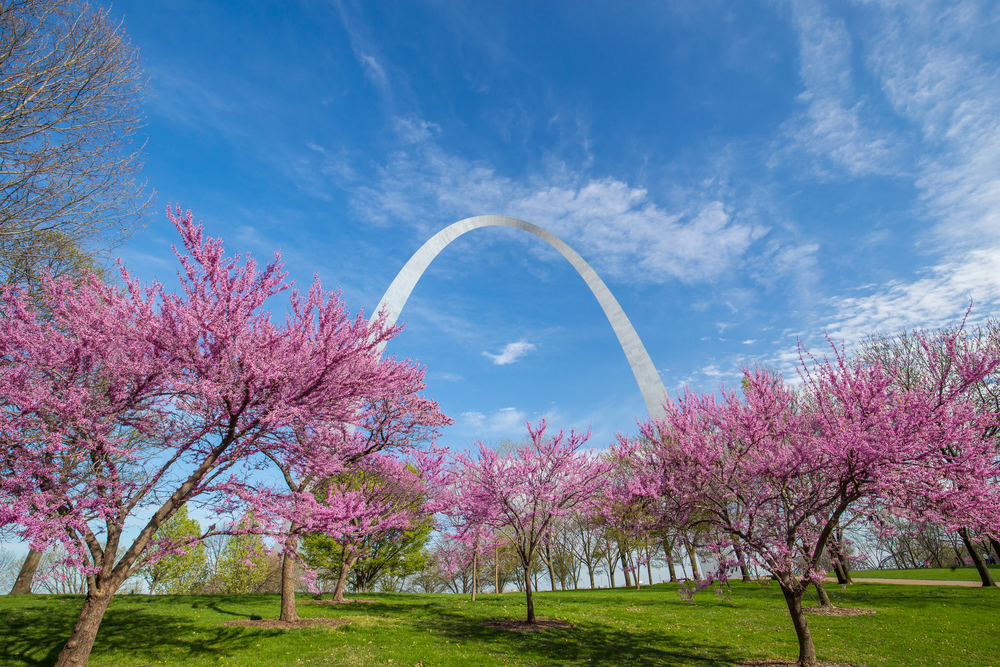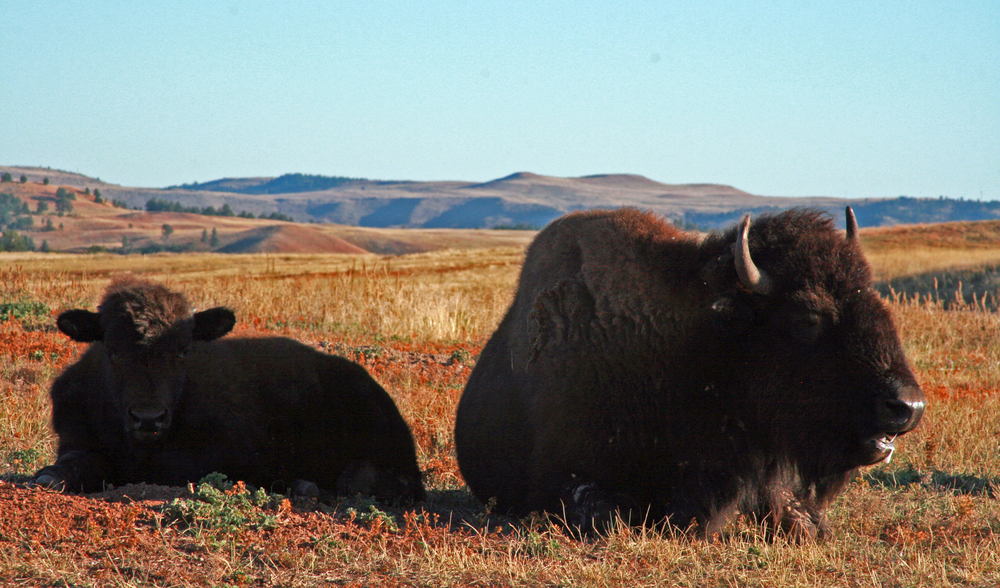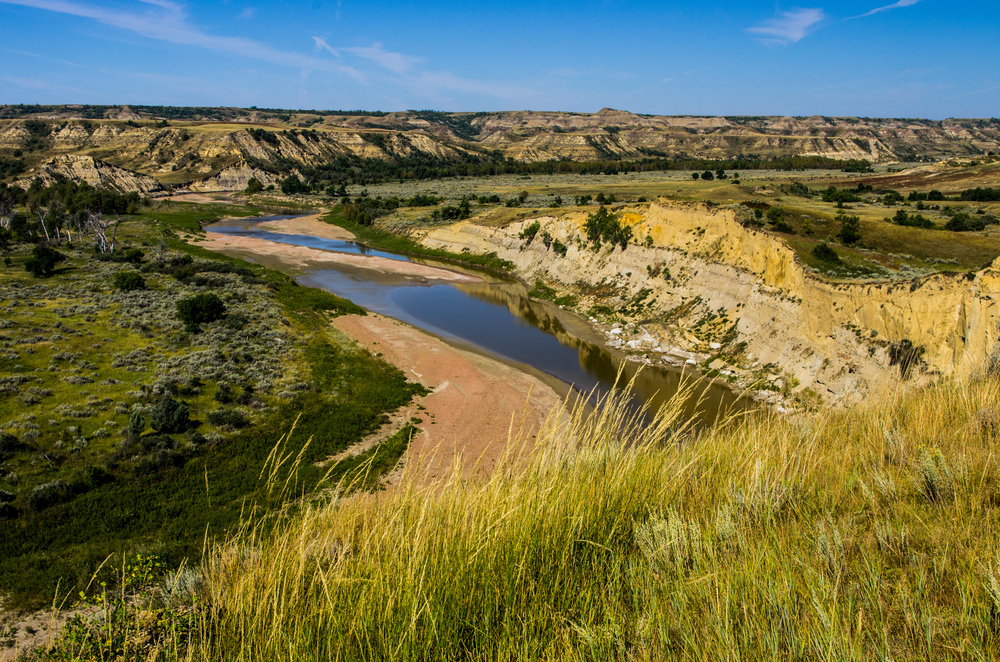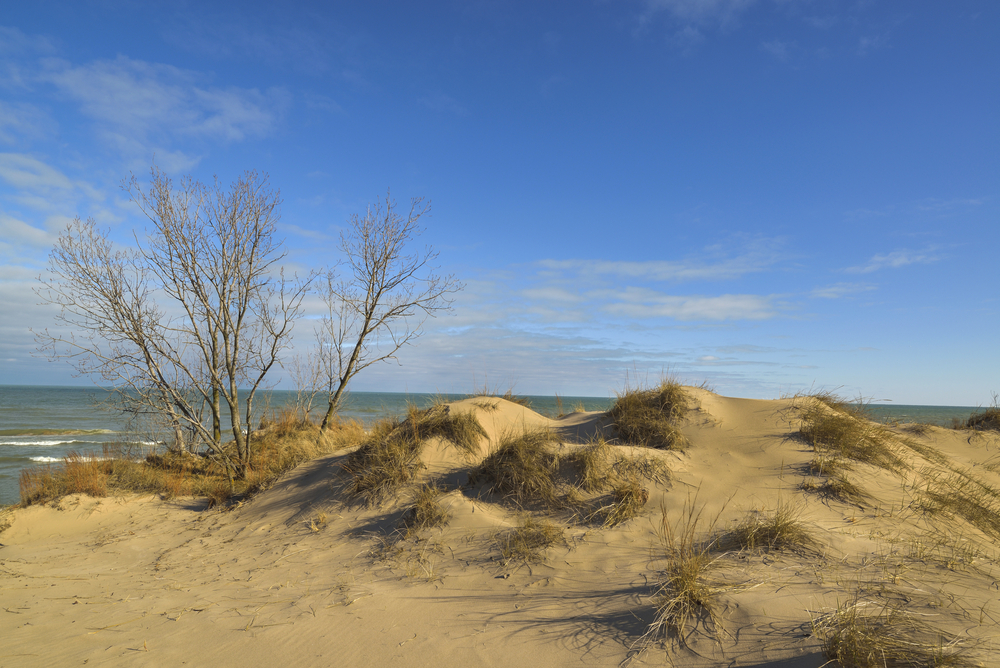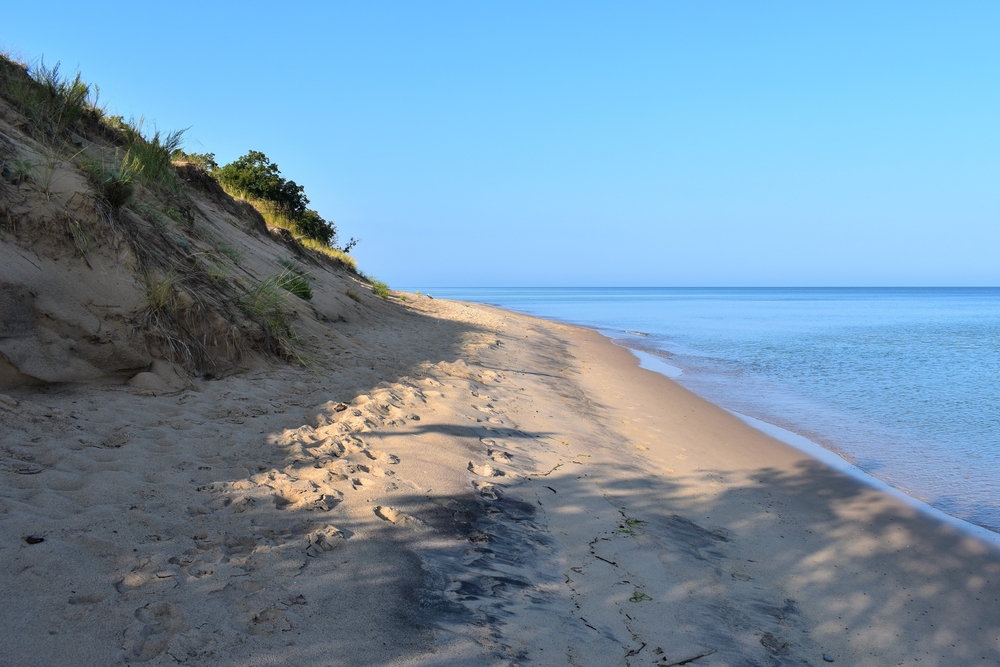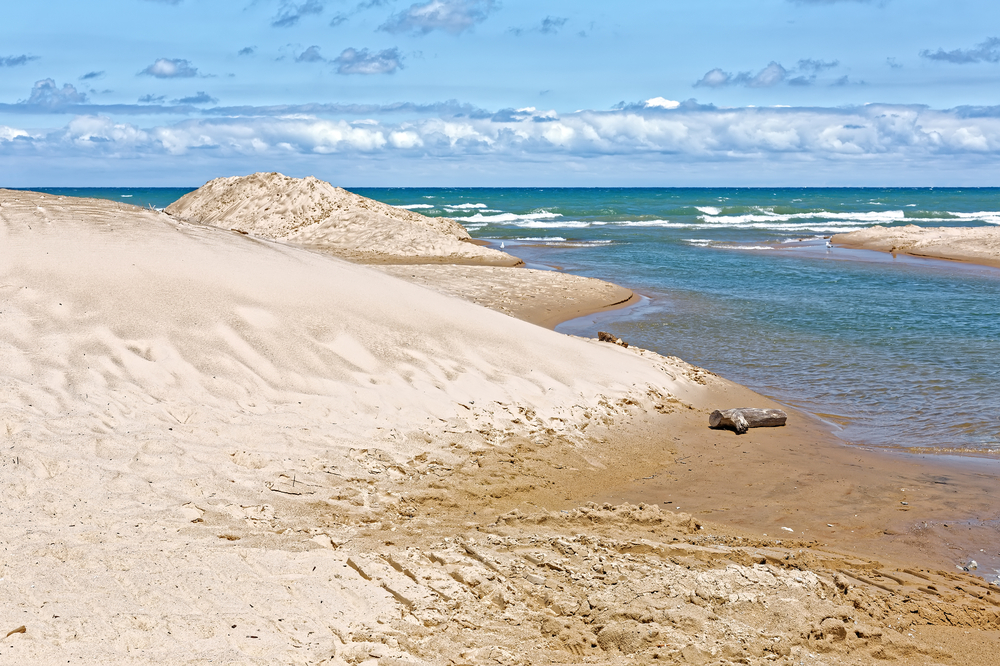Birds
Indiana Dunes National Park, a treasure trove of biodiversity at the southern tip of Lake Michigan, offers bird enthusiasts a unique opportunity to observe a rich variety of bird species that inhabit its dunes, forests, wetlands, and prairies.
Piping Plover – A small, endangered shorebird, the Piping Plover is often seen on the park’s beaches during migration, its delicate sand-colored plumage blending into the shoreline.
Sandhill Crane – Known for their large size and striking red forehead, Sandhill Cranes migrate through the area in large flocks, their haunting calls a herald of changing seasons.
Bald Eagle – America’s national bird, the Bald Eagle, has made a comeback and can be observed soaring above the park’s waterways, a majestic symbol of wilderness.
Eastern Bluebird – The Eastern Bluebird, with its vibrant blue back and rusty chest, is a cheerful presence, often spotted in open fields and along forest edges.
Red-headed Woodpecker – Distinctive for its bright red head and bold black-and-white pattern, the Red-headed Woodpecker is a striking sight against the park’s trees.
Great Egret – The Great Egret stands tall in the park’s marshes, its white plumage and graceful hunting technique a beautiful example of avian elegance.
Common Yellowthroat – A small warbler with a distinctive black “mask,” the Common Yellowthroat is often heard trilling from within thickets and marshes.
American Kestrel – The American Kestrel, North America’s smallest falcon, is often seen perched on wires or hovering over fields in search of insects and small rodents.
Indigo Bunting – The Indigo Bunting, a small bird with brilliant blue feathers, lights up the park’s fields and forest edges, especially during the breeding season.
Tree Swallow – Agile in flight, Tree Swallows swoop over the park’s open areas, their iridescent blue-green upperparts catching the light as they chase insects.
The birdlife of Indiana Dunes National Park, from the rare Piping Plover to the acrobatic Tree Swallow, showcases the incredible avian diversity of this unique national park, offering birdwatchers and nature lovers alike a rich and rewarding experience.








































































